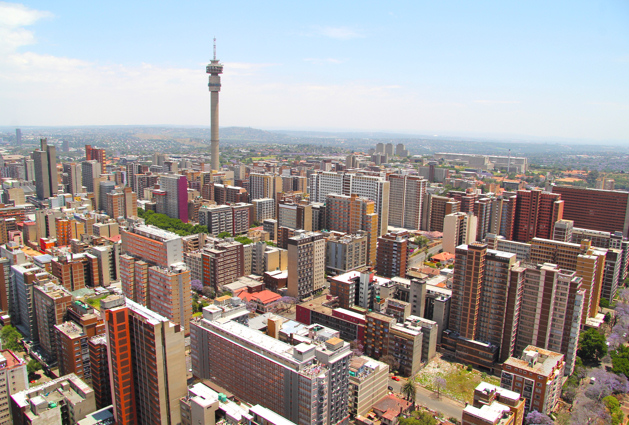A new report offers a strategic guide for cities in developing countries to access green bond market flows, a potential source of finance for cities looking to secure investment in low-carbon, climate-resilient infrastructure to meet the water, energy, housing and transportation needs of their expanding urban populations.

The report is titled: “Green Bonds for Cities: A Strategic Guide for Policymakers in Developing Countries.”
Since 2007, $131 billion in green bonds have been sold to institutional and retail investors attracted by their link to green projects, goods and services. The last three years has seen an exponential 13-fold increase in the value of annual bonds issued, from $3.2 billion in 2012 to $44 billion in 2015. This is projected to reach $75 billion by the end of 2016.
As of November 2016, 271 cities in developing countries had committed to developing climate mitigation and adaptation plans. However, they currently have limited access to the capital necessary to implement these plans.
There would seem to be considerable room for these cities to access increased finance from the green bonds market. The Climate Policy Initiative (CPI) analysis of the projects underlying green bonds currently in the market shows $2.3 billion in value is linked with city-based projects in developing countries, including urban mass transit systems, district heating and water distribution networks. To put this in context, this represents:
- 1.7% of total green bond market flows since 2007.
- 6% of all flows to developing countries: A total of $38 billion of the proceeds from green bonds issued by development finance institutions (DFIs), commercial banks and corporations has been directed toward projects in developing countries.
- 11% of flows to all city-based projects worldwide: $17 billion has been raised by cities in developed countries such as the US, France and Sweden.
Choosing a strategy to access finance from green bonds
Developing country cities’ own creditworthiness is the key constraint limiting their ability to issue bonds themselves. As of November 2016, the $137 million bond from Johannesburg in South Africa is the only municipal green bond issued by a developing country city. Most finance that flowed to developing country city-based projects did so indirectly: 94% from green bonds issued by DFIs such as the World Bank and Asian Development Bank.
The subsequent sections of the report help cities to decide on the most appropriate short and long-term strategies based on their current creditworthiness, regulatory context and financing goals.
The report can be accessed here.

This is a good avenue for cities in Nigeria to take advantage of, but one is doubtful about the credit worthiness of Nigerian cities to be able to benefit from the green bond. Perhaps, Lagos is the only city in Nigeria that seems to be credit worthy. Gov. Ambode can consider the offer for Lagos mega city.